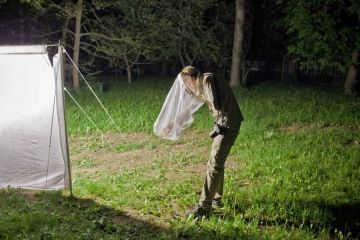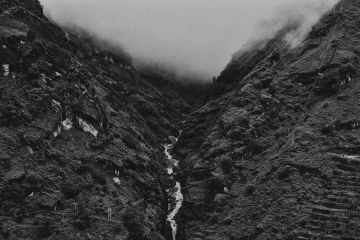Walter Benjamin called Paris “a labyrinth, whose passages are in continual movement”. Paris also taught him the “art of straying”. This imagery of a mobile maze is echoed when you stray in another flaneur’s paradise, Varanasi, which is a city of interlocked alleys juxtaposed by the linear, untangled, Ganga.Varanasi is a forest of bliss where people come and wait for death. In an old Purana myth, Brahma and Vishnu were arguing about who was the greater god between them. They were skeptic





